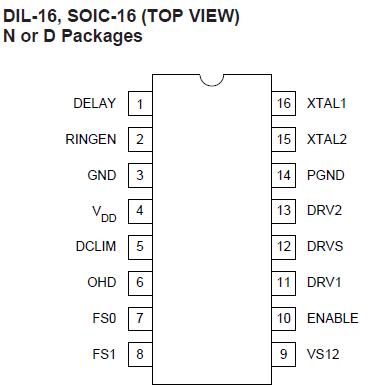UCC3751: Features: `Novel Topology for Low-Cost, Efficient Generation of Ring Voltage• Provides DC Offset and Talk Battery Voltage for Off-Hook Conditions• Selectable 20, 25 and 50 Hz Ring Frequ...
floor Price/Ceiling Price
- Part Number:
- UCC3751
- Supply Ability:
- 5000
Price Break
- Qty
- 1~5000
- Unit Price
- Negotiable
- Processing time
- 15 Days
SeekIC Buyer Protection PLUS - newly updated for 2013!
- Escrow Protection.
- Guaranteed refunds.
- Secure payments.
- Learn more >>
Month Sales
268 Transactions
Payment Methods
All payment methods are secure and covered by SeekIC Buyer Protection PLUS.

 UCC3751 Data Sheet
UCC3751 Data Sheet








